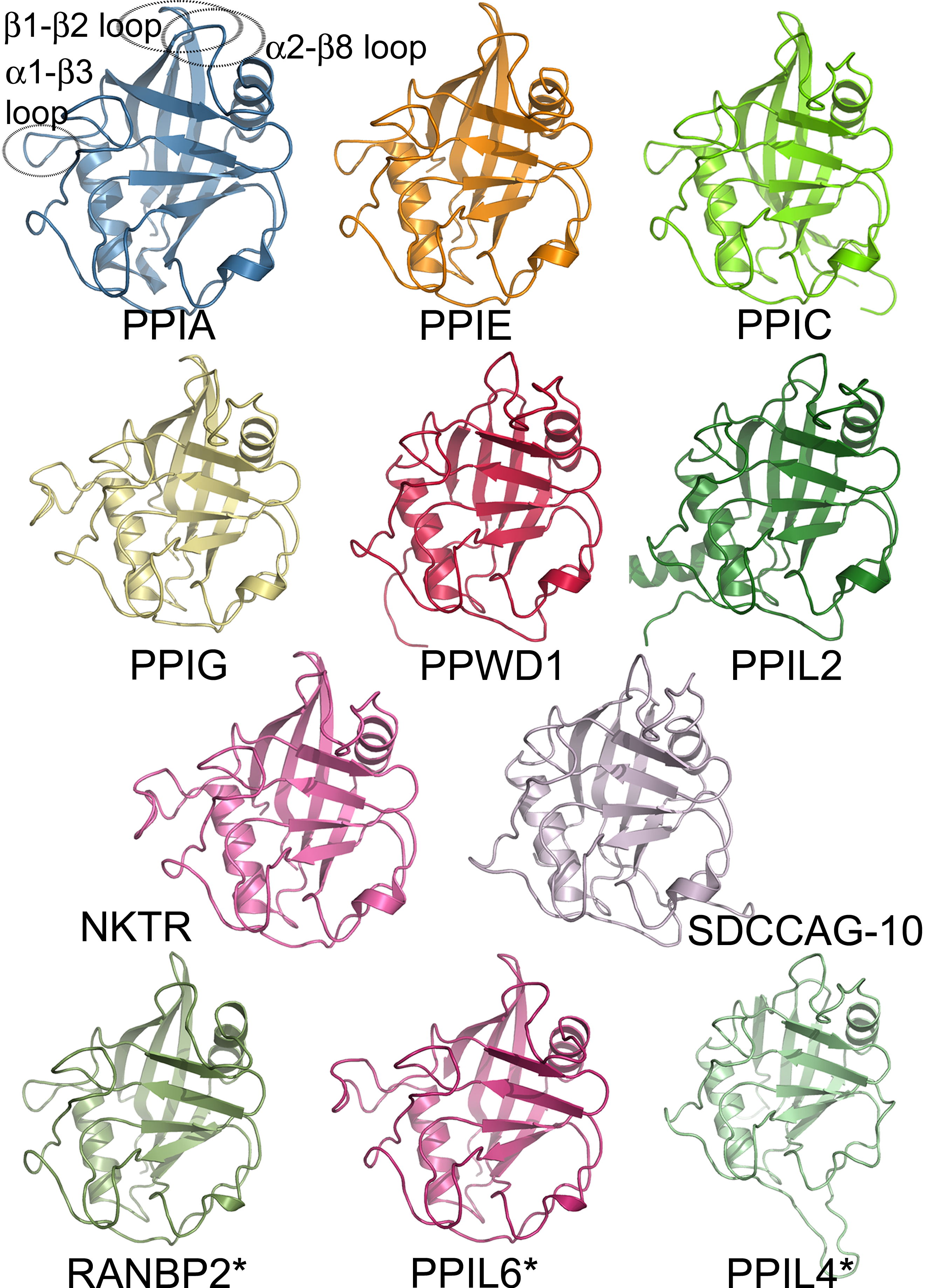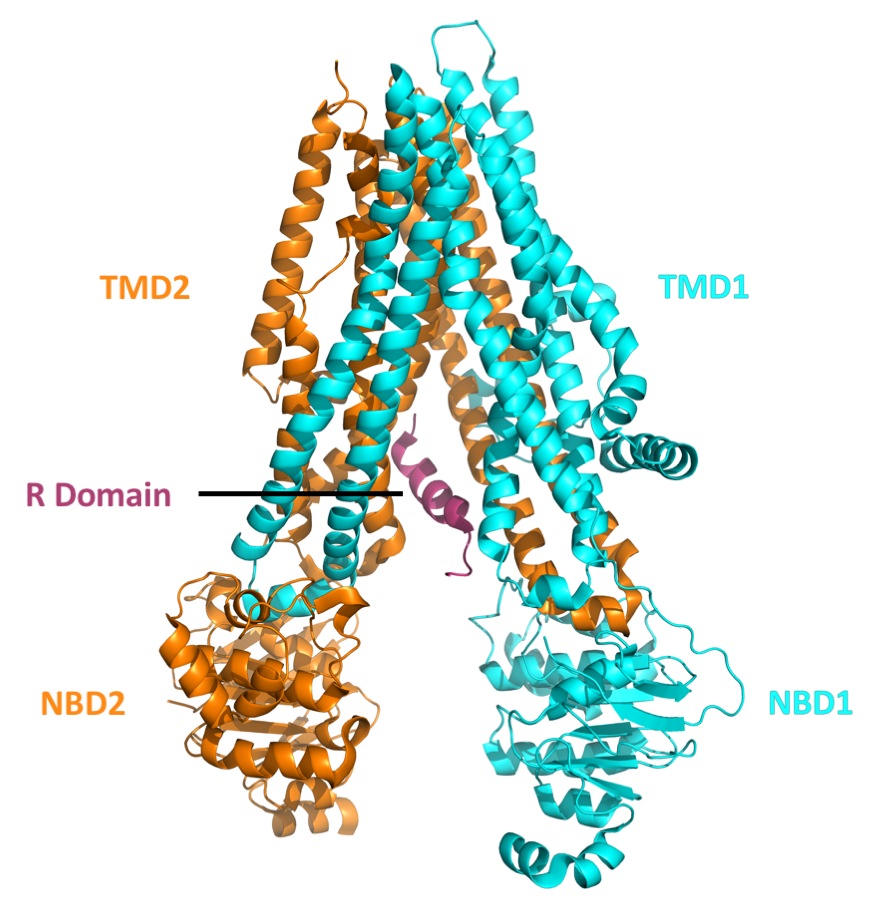|
Sulfate Permease
The sulfate permease (SulP) familyTC# 2.A.53 is a member of the large APC superfamily of secondary carriers. The SulP family is a large and ubiquitous family of proteins derived from archaea, bacteria, fungi, plants and animals. Many organisms including ''Bacillus subtilis'', ''Synechocystis sp'', ''Saccharomyces cerevisiae'', ''Arabidopsis thaliana'' and ''Caenorhabditis elegans'' possess multiple SulP family paralogues. Many of these proteins are functionally characterized, and most are inorganic anion uptake transporters or anion:anion exchange transporters. Some transport their substrate(s) with high affinities, while others transport it or them with relatively low affinities. Others may catalyze SO:HCO exchange, or more generally, anion:anion antiport. For example, the mouse homologue, '' SLC26A6''TC# 2.A.53.2.7, can transport sulfate, formate, oxalate, chloride and bicarbonate, exchanging any one of these anions for another. A cyanobacterial homologue can transport nitrate. ... [...More Info...] [...Related Items...] OR: [Wikipedia] [Google] [Baidu] |
Glutamic Acid
Glutamic acid (symbol Glu or E; known as glutamate in its anionic form) is an α- amino acid that is used by almost all living beings in the biosynthesis of proteins. It is a non-essential nutrient for humans, meaning that the human body can synthesize enough for its use. It is also the most abundant excitatory neurotransmitter in the vertebrate nervous system. It serves as the precursor for the synthesis of the inhibitory gamma-aminobutyric acid (GABA) in GABAergic neurons. Its molecular formula is . Glutamic acid exists in two optically isomeric forms; the dextrorotatory -form is usually obtained by hydrolysis of gluten or from the waste waters of beet-sugar manufacture or by fermentation.Webster's Third New International Dictionary of the English Language Unabridged, Third Edition, 1971. Its molecular structure could be idealized as HOOC−CH()−()2−COOH, with two carboxyl groups −COOH and one amino group −. However, in the solid state and mildly acidic water s ... [...More Info...] [...Related Items...] OR: [Wikipedia] [Google] [Baidu] |
Protein Families
A protein family is a group of evolutionarily related proteins. In many cases, a protein family has a corresponding gene family, in which each gene encodes a corresponding protein with a 1:1 relationship. The term "protein family" should not be confused with family as it is used in taxonomy. Proteins in a family descend from a common ancestor and typically have similar three-dimensional structures, functions, and significant sequence similarity. Sequence similarity (usually amino-acid sequence) is one of the most common indicators of homology, or common evolutionary ancestry. Some frameworks for evaluating the significance of similarity between sequences use sequence alignment methods. Proteins that do not share a common ancestor are unlikely to show statistically significant sequence similarity, making sequence alignment a powerful tool for identifying the members of protein families. Families are sometimes grouped together into larger clades called superfamilies based on stru ... [...More Info...] [...Related Items...] OR: [Wikipedia] [Google] [Baidu] |
Membrane Transport Protein
A membrane transport protein is a membrane protein involved in the movement of ions, small molecules, and macromolecules, such as another protein, across a biological membrane. Transport proteins are integral membrane proteins, integral transmembrane proteins; that is they exist permanently within and span the membrane across which they transport substances. The proteins may assist in the movement of substances by facilitated diffusion, active transport, osmosis, or reverse diffusion. The two main types of proteins involved in such transport are broadly categorized as either ''channels'' or ''carriers'' (a.k.a. transporters, or permeases). Examples of channel/carrier proteins include the GLUT1, GLUT 1 uniporter, sodium channels, and potassium channels. The Solute carrier family, solute carriers and atypical SLCs are secondary active or facilitative transporters in humans. Collectively membrane transporters and channels are known as the transportome. Transportomes govern cellular i ... [...More Info...] [...Related Items...] OR: [Wikipedia] [Google] [Baidu] |
Transporter Classification Database
The Transporter Classification Database (or TCDB) is an International Union of Biochemistry and Molecular Biology (IUBMB)-approved classification system for membrane transport proteins, including ion channels. Classification The upper level of classification and a few examples of proteins with known 3D structure: 1. Channels and pores 1.A α-type channels * 1.A.1 Voltage-gated ion channel superfamily * 1.A.2 Inward-rectifier K+ channel family * 1.A.3 Ryanodine-inositol-1,4,5-trisphosphate receptor Ca2+ channel family * 1.A.4 Transient receptor potential Ca2+ channel family * 1.A.5 Polycystin cation channel family * 1.A.6 Epithelial Na+ channel family * 1.A.7 ATP-gated P2X receptor cation channel family * 1.A.8 Major intrinsic protein superfamily * 1.A.9 Neurotransmitter receptor, Cys loop, ligand-gated ion channel family * 1.A.10 Glutamate-gated ion channel family of neurotransmitter receptors * 1.A.11 Ammonium channel transporter family * 1.A.12 Intracellular chlorid ... [...More Info...] [...Related Items...] OR: [Wikipedia] [Google] [Baidu] |
Solute Carrier Family
The solute carrier (SLC) group of membrane transport proteins include over 400 members organized into 66 families. Most members of the SLC group are located in the cell membrane. The SLC gene nomenclature system was originally proposed by the HUGO Gene Nomenclature Committee (HGNC) and is the basis for the official HGNC names of the genes that encode these transporters. A more general transmembrane transporter classification can be found in TCDB, TCDB database. Solutes that are transported by the various SLC group members are extremely diverse and include both charged and uncharged organic molecules as well as inorganic ions and the gas Ammonia transporter, ammonia. As is typical of integral membrane proteins, SLCs contain a number of hydrophobic transmembrane Alpha helix, alpha helices connected to each other by hydrophilic intra- and extra-cellular loops. Depending on the SLC, these transporters are functional as either monomers or obligate homo- or hetero-oligomers. Many SLC fam ... [...More Info...] [...Related Items...] OR: [Wikipedia] [Google] [Baidu] |
Cystic Fibrosis Transmembrane Conductance Regulator
Cystic fibrosis transmembrane conductance regulator (CFTR) is a membrane protein and anion channel in vertebrates that is encoded by the ''CFTR'' gene. Geneticist Lap-Chee Tsui and his team identified the ''CFTR'' gene in 1989 as the gene linked with CF (cystic fibrosis). The ''CFTR'' gene codes for an ABC transporter-class ion channel protein that conducts chloride and bicarbonate ions across epithelial cell membranes. Mutations of the ''CFTR'' gene affecting anion channel function lead to dysregulation of epithelial lining fluid (mucus) transport in the lung, pancreas and other organs, resulting in cystic fibrosis. Complications include thickened mucus in the lungs with frequent respiratory infections, and pancreatic insufficiency giving rise to malnutrition and diabetes. These conditions lead to chronic disability and reduced life expectancy. In male patients, the progressive obstruction and destruction of the developing vas deferens (spermatic cord) and epididymis appe ... [...More Info...] [...Related Items...] OR: [Wikipedia] [Google] [Baidu] |
Molybdate
In chemistry, a molybdate is a compound containing an oxyanion with molybdenum in its highest oxidation state of +6: . Molybdenum can form a very large range of such oxyanions, which can be discrete structures or polymeric extended structures, although the latter are only found in the solid state. The larger oxyanions are members of group of compounds termed ''polyoxometalates'', and because they contain only one type of metal atom are often called ''isopolymetalates''. The discrete molybdenum oxyanions range in size from the simplest , found in potassium molybdate up to extremely large structures found in isopoly-molybdenum blues that contain for example 154 Mo atoms. The behaviour of molybdenum is different from the other elements in group 6. Chromium only forms the chromates, , , and ions which are all based on tetrahedral chromium. Tungsten is similar to molybdenum and forms many tungstates containing 6 coordinate tungsten. Examples of molybdate anions Examples of ... [...More Info...] [...Related Items...] OR: [Wikipedia] [Google] [Baidu] |
H Symporter
H, or h, is the eighth letter of the Latin alphabet, used in the modern English alphabet, including the alphabets of other western European languages and others worldwide. Its name in English is ''aitch'' (pronounced , plural ''aitches''), or regionally ''haitch'' (pronounced , plural ''haitches'')''.''"H" ''Oxford English Dictionary,'' 2nd edition (1989); ''Merriam-Webster's Third New International Dictionary of the English Language, Unabridged'' (1993); "aitch" or "haitch", op. cit. Name English For most English speakers, the name for the letter is pronounced as and spelled "aitch" or occasionally "eitch". The pronunciation and the associated spelling "haitch" are often considered to be h-adding and are considered non-standard in England. It is, however, a feature of Hiberno-English, and occurs sporadically in various other dialects. The perceived name of the letter affects the choice of indefinite article before initialisms beginning with H: for example "an H-bomb" ... [...More Info...] [...Related Items...] OR: [Wikipedia] [Google] [Baidu] |


